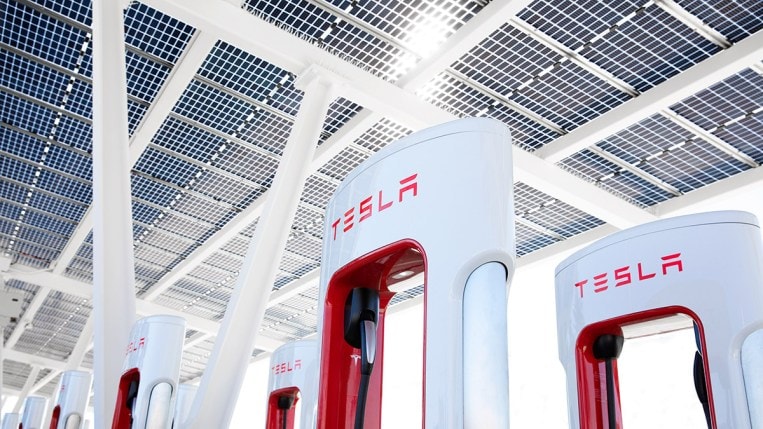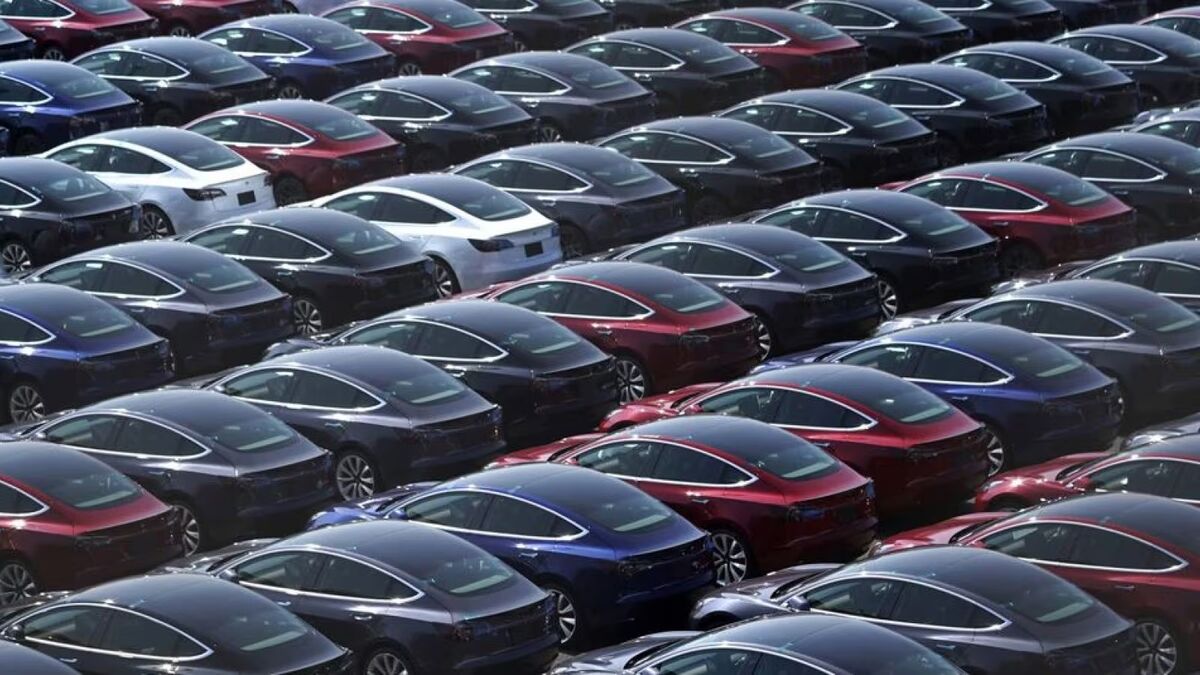Tesla faces new competitors from seemingly every direction in the electric vehicle race. But the Texas-based automaker has one key advantage no competitor can match — the nation’s most extensive charging network.
Tesla’s supercharger network has chargers in all 50 states, along most interstate highway routes, and in nearly every city of significant size. Tesla uses a proprietary plug and charger no other automaker uses. That leaves the supercharger network as, effectively, a walled garden.
Critics in recent years have been impressed with many non-Tesla EVs.
For instance, the 2023 North American Utility Vehicle of the Year is the Kia EV6. The Ford F-150 Lighting won the equivalent award for pickups. And the most recent World Car of the Year is the Hyundai Ioniq 5 — our own Best New Model winner.
But their owners must rely on a number of non-interoperable charging networks operated by several different companies. They’re often unreliable — 1 in 5 charging attempts fails thanks to broken chargers and unreliable payment-processing systems.
Tesla owners don’t face those same challenges. If the EV ownership experience depends on the charging infrastructure, then great cars don’t mean a great experience.
Tesla has promised, on at least two occasions, to open its network to owners of other brands’ cars. But it has never done so. That’s perhaps unsurprising — who would voluntarily give up a competitive advantage for their business?
But Tesla may have to if it wants access to federal funds.
Reuters reports that the United States Department of Transportation will soon “finalize a requirement that will pressure Tesla to expand beyond its proprietary charging equipment in the U.S. and add the charger used by its competitors” to its superchargers.
The National Electric Vehicle Infrastructure (NEVI) program provides $7.5 billion for states to build a national network of EV chargers along critical highway routes. It aims to provide a charger every 50 miles along the most commonly traveled interstates.
To access the funds, Reuters reports, charging networks must use the Combined Charging System (CCS) plug and cord — the charging system used by almost every non-Tesla EV.
Some industry analysts believe the CCS standard isn’t the best plug on the market.
Tesla last November offered to make its plug available to other manufacturers, if not its supercharger network. Advocates point out that it is smaller, lighter, and easy to operate with one hand. Non-Tesla designs like the CCS plug are larger, heavier, and often require two hands to use.
But Reuters reports that “an administration official” says Tesla’s proposal “was not seriously considered.”
That leaves Tesla facing a tough decision. The company was built largely with federal subsidies. For most of its history, it lost money on every car it built. It stayed open thanks to a federal program that required automakers to meet emissions targets or buy credits from companies like Tesla that met them more easily.
Tesla was founded in 2003 and made its first profit without government subsidies only in 2021.
The federal government has now set aside billions to promote the transition to electric cars. It would be unlike Tesla to sit out that program.
But the company now dominates EV sales and could conceivably decline to participate in NEVI development and continue to operate its walled garden of chargers.








